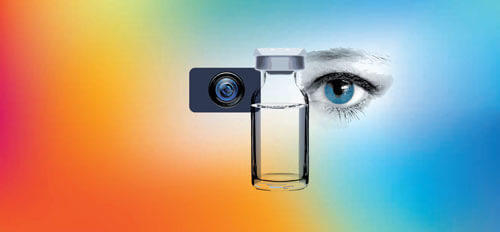40 Years of Visual Inspection: Where Do We Go from Here?
 PDA has always been at the leading edge of parenteral visual inspection. Since the early 1980s and the publication of works by Julius Knapp, PDA has helped establish contemporary standards for manual inspection and validation of inspection processes.
PDA has always been at the leading edge of parenteral visual inspection. Since the early 1980s and the publication of works by Julius Knapp, PDA has helped establish contemporary standards for manual inspection and validation of inspection processes.
Nowadays, automated inspection has reached maturity and regulators expect strong baseline standards to assure reliable use of this visual inspection process. The validation process remains difficult, however, and visual inspection and particle control remain an oft-cited regulatory observation and reason for recall.
In coming years, visual inspection is expected to undergo a major advance with the application of artificial intelligence (A.I.) and deep learning technologies. This could enable automated inspection machines to reach previously unmet performance in terms of defect detection and reduced false reject rate. It may also decrease the time required to develop new inspection recipes for specific products. While suppliers are working to integrate A.I./deep learning into their machines, some pharmaceutical companies are currently doing their own pioneering work in developing technical capacity in data science. To date, limited information is available on strategies for the needed validation strategy to support implementation of this new and promising technology. PDA is committed to filling this with a special focus on automated visual inspection and deep learning at this year’s PDA Visual Inspection Interest Group Workshop.
For more information on the 2020 PDA Visual Inspection Interest Group Workshop, visit the workshop website.


